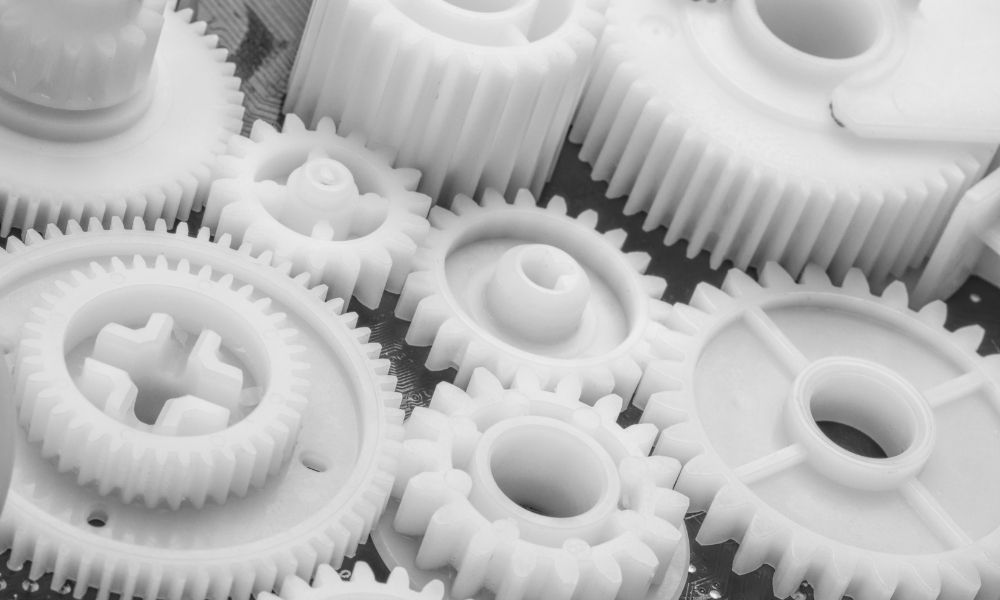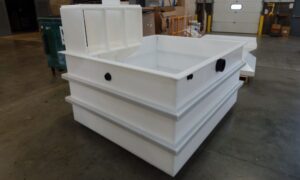You may not realize it, but plastic gears make the world go round. They’re everywhere if you know where to look—from your general appliances to your vehicles and in the smallest of gadgets like wristwatches. A world without gears would be difficult to live in. So, if you’re curious, read our article about the types of plastic gears and their most common uses.
Parallel Axis Gears
These gears have two axes which are parallel to one another; they generate power when used in conjunction with spur, helical, and internal gears. When used with helical gears specifically, parallel axis gears can output massive loads of torque and power. If used with spur gears, they generally produce small to medium loads of energy and power and are reserved for smaller technology such as wristwatches and printers.
Non-Parallel Axis Gears
These gears have two axes that aren’t parallel from one another. They create what’s known as rotational force through a twisting and turning motion, much like a screw as it moves its way into a board. They’re also known as worm gears. You might look to a doorknob and observe its twisting and turning motion to get an idea of how these work.
The Top Four Gears
As mentioned above, helical, spur, bevel, and worm gears are all used interchangeably throughout mechanics and engineering to produce wonders of machinery. These can be either parallel or non-parallel. They work together to create the multitude of machines needed for modern society to function. Additionally, when you install and use plastic gears in your own projects, rest assured they’ll last for a long time without wear and tear. These plastics are thermodynamic and high impact, so they can handle resistance from any angle.
Within our society, mechanical devices control how things are run and influence our daily lives. They can be found in countless industries—industrial manufacturing being only one example. These devices wouldn’t be anything without the gears that hold them together, however. Both parallel and non-parallel are types of gears, and their most common uses are what keep our society advancing one step at a time.
When it comes to plastic gears, it’s important that they’re made to meet the specific dimensions of your equipment. That’s why you need a plastic products manufacturer you can trust. Fortunately, Miller Plastics has you covered. Reach out today to learn more.




